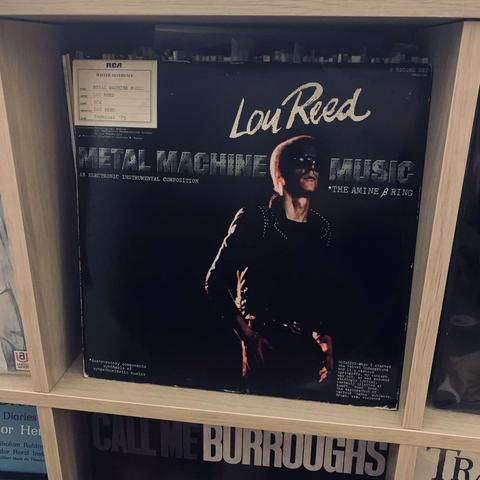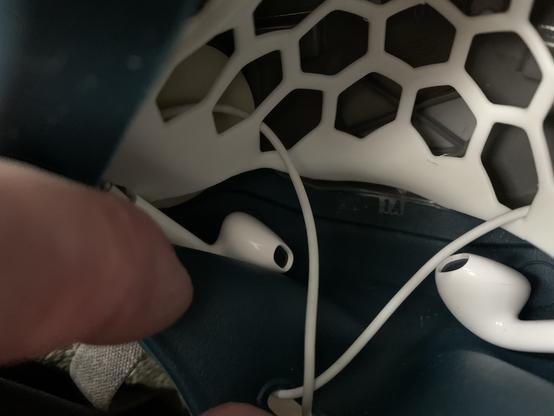@TonyStark
While I can get behind advocacy for better public funding for hearing aids, their peripherals, and the services to support them, and I find the US federal initiative interesting, I find it puzzling that you’re so enthusiastic about AirPods as a specific solution.
Hearing support through is essential for auditory-verbal communication, and appropriate amplification is key to learning, development and social integration of children and for maintaining cognitive function in older adults, however I feel that the AirPods as a solution are being overhyped.
First off, the DIY automated audiograms you cite have been available online for iPads since at least 2017. They are great as you say for convincing people to see an audiologist, and I was able to help a friend to persuade their parent to do that a couple of months ago with an iPad synced to Sony headphones. Nothing to do with AirPods.
More, I really have to push back on the notion that “a hearing aid is basically just a microphone in your ear.”
If you’re talking about the old primitive analogue ones such as the NHS was dispensing in the UK in the 1970s, that’s true. All they did was amplify input from an external mic across the board through a little speaker in the ear. And most older adults who received those refused to wear them because they were so primitive.
But modern hearing aids are complex computers on your ears. It’s not clear from what you’ve shared that AirPods will fill in all, or even their key features.
- They amplify based on the individual’s audiogram - hearing loss profile - not at a constant volume - and those profiles need to be checked and updated regularly with scrutiny by a trained audiologist.
- They have diverse filtering options to choose from based needs, for example to make it possible to hear in a gym or arena or to stand using them outside with wind noise.
- The better ones stimulate areas of the brain shown to be important to mitigate cognition issues when hearing loss is age related.
- Different models are better suited for different ages and activities and tolerances for insertion in the ear - e.g., while doing sports activities.
So we have complex small computers that need regular software updates and physical repair. This is more complex than simply buying a pair of drug store eyeglasses to help reading. The audiologists are technicians as well as health care practitioners and these specialized services naturally go together.
Last point price - the amounts you quote for $5-6 k per ear were typical Canadian prices 10-12 years ago. Prices are still expensive but half that now for high end models. It’s still a huge cost for any individual or family, especially when extras to link devices by Bluetooth or even just cleaning products or batteries are factored in. But overstating the cost doesn’t advance advocacy in my view.
#accessibility #a11y #HearingLoss #Amplification







